2024 Environmental Studies Capstone Presentations
Monday May 20, 2024
2:00-6:00pm in Rieke 103B
2:00-2:20pm, 6PPD-q Toxicity in Coho Salmon and a Utilitarian View
Ryan Aspelund
Salmon are culturally, economically, and ecologically significant species in the Pacific Northwest. Since the 1900s salmon numbers have been in decline as a result of human activities. Urban runoff mortality syndrome is the phenomenon of salmon experiencing acute mortality resulting from polluted stormwater runoff in urban areas. An exact cause of mortality went unidentified until Tian et al. (2020) discovered the link between 6PPD-q and rapid deaths in returning and juvenile coho salmon, the main victims of urban runoff mortality syndrome. 6PPD-q is the product of 6PPD, an anti-degradant in tires, being exposed to ozone. This discovery launched many studies that continue today to find ways to mitigate and eventually eliminate deaths in coho salmon caused by this chemical. Bioethics engages in discussion around ethical practices relating to biology. Utilitarianism is a controversial ethical view in environmental groups due to its association as an anthropocentric focus. I discuss a counterpoint presented by Peter Singer that utilitarianism can and should be extended to non-human animals, and then hypothesize as to what an ethical solution under this utilitarian view would be. An overarching question I engage with is what value non-humans should hold. I conclude that Indigenous People and salmon suffer greatly as a result of 6PPD-q, and if we are to think of salmon as being as important as humans, as Indigenous culture does, the ethical solution is to remove 6PPD completely and eliminate suffering resulting from this chemical.
I’d like to thank my professors Dr. Rose McKenney, Dr. Michael Behrens, and Dr. Kevin O’Brien for their expertise, guidance, and willingness to help during this process. I’d also like to thank my girlfriend, Juliana, her parents, and my friends and family for giving me so much support this year.
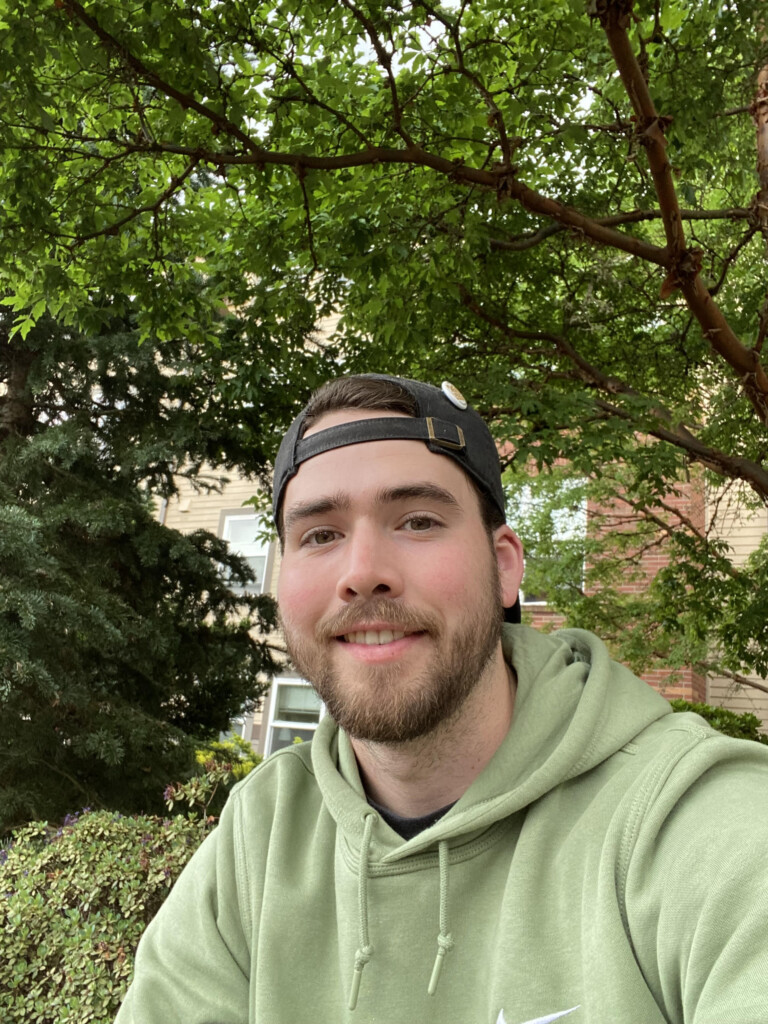
2:20-2:40pm, Environmental Impact Assessment of the Use of Nano-Phytoremediation in the Remediation of Former Washington State Orchards of Lead and Arsenic Soil Pollution
Rebecca Smith
The extensive use of lead arsenate, an insecticide used during the early 1900s, led to the accumulation of lead and arsenic in the soils of former orchards within Central Washington. The current methods that are used to remediate lead and arsenic from soil by the Washington Department of Ecology are focused on the containment or dilution of toxic heavy metals, rather than removing them from soil. Thus, there is an urgent need to explore innovative, cost-effective, and environmentally friendly techniques for ecosystem cleanup. This project uses the conceptual framework of an Environmental Impact Assessment (EIA) to analyze the potential environmental, chemical, and ethical impacts of implementing nano-phytoremediation. Three case studies are presented, examining the efficacy of nanoparticles on plants, soil pollutants, and overall phytoremediation effectiveness. The study underscores the importance of further research to understand the long-term implications of nano-phytoremediation before large-scale implementation. However, once more information is known, this advanced technique could offer a more cost-effective and efficient alternative to current remediation methods, aligning with both environmental and ethical considerations.
I would like to thank Dr. Mike Behrens and Dr. Rose Mckenney for their constant support throughout this journey! I would also like to thank my mentors (both official and unofficial) Dr. Andrea Munro, Dr. Kevin O’Brien, Dr. Angie Boysen, and Dr. Brian Nassz for all the support they have given me throughout this crazy year!

2:40-3:00pm, Oceans Apart: The Role Technology Plays In Our Relationship With Arctic Sea Ice
Fiona Ashton-Knochel
This paper uses three case studies to help answer the question “How has technology affected humans’ relationship with Arctic ice?” The first case study centers Robert Peary’s Arctic journey in 1909, using a source from the Geographical Review. The second reads from Claudia Aporta and Eric Higgs’ “Satellite Culture: Global Positioning Systems, Inuit Wayfinding, and the Need for a New Account of Technology,” and the last uses a study on double-ridges written by the scientists Culberg and Schroeder called “Double ridge formation over shallow water sills on Jupiter’s moon Europa.” Then, through New Materialist philosophy, this project tries to broaden the way that technology is understood–and Donna Haraway’s “A Cyborg Manifesto” is used briefly as a supporting document.
A huge thank you to Dr. McKenney, Dr. Halvorson, and Dr. Behrens for their insight and support throughout this whole process.
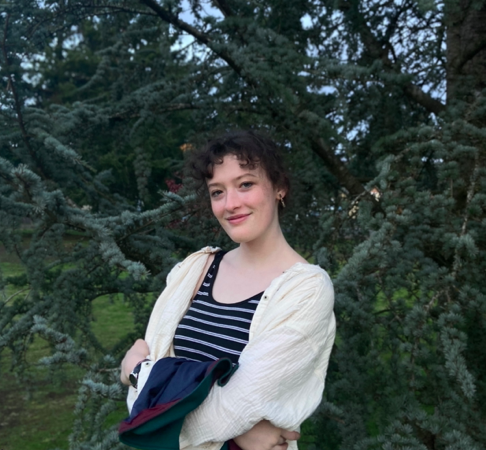
3:00-3:05pm, Break
3:05-3:25pm, Environmental Education as a Component of Religiously Affiliated Camp Programming
Nathan Buegler
Any solution to the wide array of environmental problems that we face today will need to involve environmental education as a component. In my paper, I argue that an approach to environmental education connected to religion, specifically children’s’ summer camp programming at camps connected to the Evangelical Lutheran Church in America (ELCA), is one type of environmental education likely to foster meaningful ecological awareness amongst participants, awareness that can be taken from the camp setting and applied to everyday life, leading to an increased passion for environmental work and advocacy. I base this argument and point of advocacy on an examination of the relationship between Christianity and the environment, an overview of experiential outdoor education, and my own experience incorporating environmental education into ELCA camp programming.
I’d like to thank Dr. Rose McKenney, Dr. Michael Behrens, and Dr. Kevin O’Brien for their support throughout this process. Additionally, I’d like to thank my friends and family for their constant presence in my life, as well as my fellow staff members at Sky Ranch Lutheran Camp the past several summers for being the inspiration that led me to this subject.
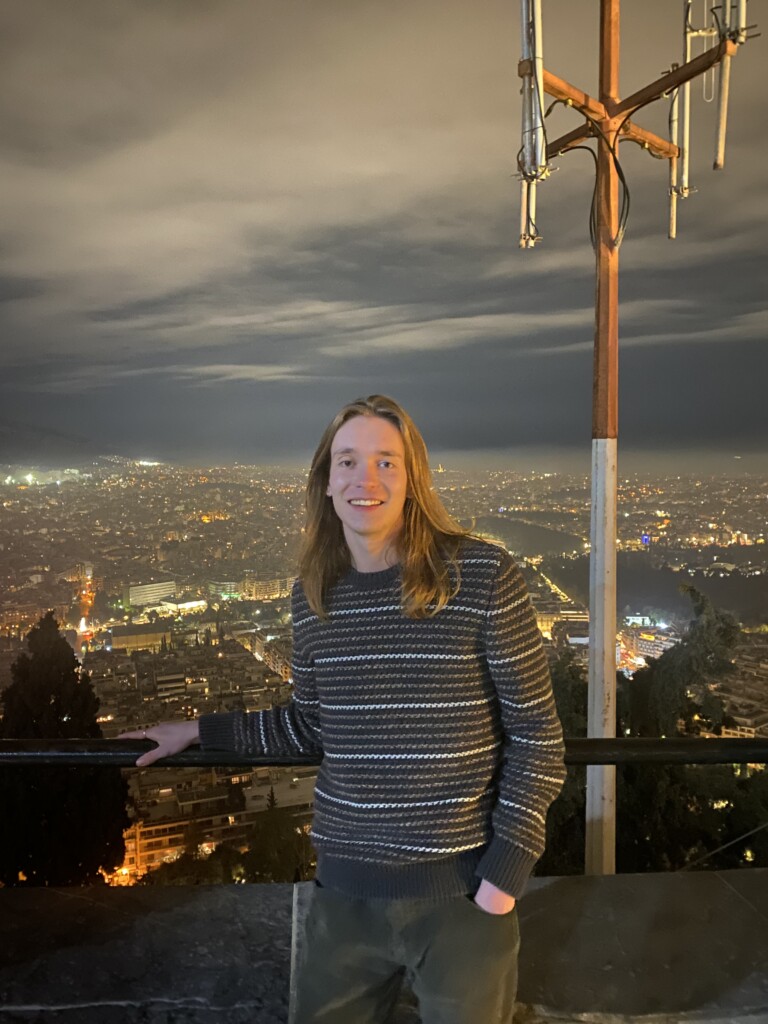
3:25-3:45pm, Auritus Animism: Double-Crested Cormorant Liveliness and Multispecies Sovereignty on the Columbia River
Elijah Paez
Viewed as competition to fishing enterprises, double-crested cormorants are persecuted everywhere in the United States, but these hostilities are uniquely shaped in the Pacific Northwest due to a regional identity associated with salmon conservation. Exploring current initiatives to relocate cormorants away from the Astoria-Megler Bridge near the mouth of the Columbia River, this project integrates settler colonial studies methodology and Indigenous political philosophy to demonstrate how the logics of Euro-American projects that sought the dissolution native societies also strived to eliminate both wild salmon and cormorants in the late nineteenth century and beyond. In place of management techniques associated with control, this project develops and advocates a “multispecies sovereignty” political framework that emphasizes the lively maintenance of relationships between actors of all species.
I would like to thank Dr. Rose McKenney, Dr. Rebekah Mergenthal, Dr. Troy Storfjell, and Dr. Adela Ramos for contributing to the thoughts that formed this project through their mentorship. My appreciation also goes to Lindsey Clark, my family, and everyone else who has accompanied me on my outings. I am sincerely grateful for the chickens, pigeons, and cormorants who inspired my work towards multispecies justice.
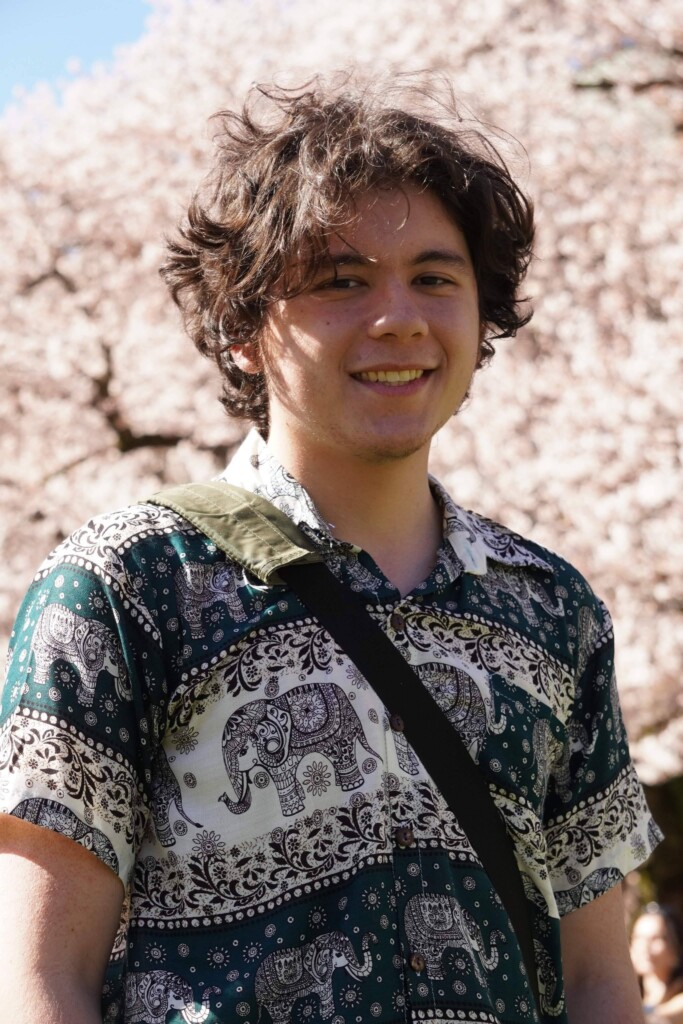
3:45-4:05pm, From Oil Spill to Ink Pen: How Climate-Fiction Narratives Can Serve as a Political Tool for Mobilization
Kenzie Knapp
Hope in the face of the climate crisis has become a scarce and precious resource. Perceptions of powerlessness, fueled either by apathetic indifference or systematic inaccessibility to sustainable resources, contribute to the wide disconnect between reported concern about climate change and converting that alarm into action. Part of the issue stems from a collective visionary standstill influenced by bleak climate communications in the media portraying climate change as too complicated, too distant, and too late to even attempt to confront. The goal of this project is to investigate how Climate-Fiction narratives can be effective in influencing the public understanding of the climate crisis and consequently serve as a tool for influencing environmental political mobilization. The methods for this project include analyzing Climate-Fiction narrative patterns and subsequent public responses through the disciplinary approaches of narratology and political communications. The results from this research found the following to be key aspects of effective Climate-Fiction narratives: the themes balance alarm with hope and empowerment through utilizing efficacy-building information, the characters are emotionally engaging, the plot structure concentrates on specific climate issues rather than the generalized global crisis, and the worldbuilding is grounded in concrete scientific knowledge pertaining to climate issues. Comparing and contrasting these results with three narrative case studies found generally that the more the narrative was able to follow these guidelines, the more likely the audience would engage with the climate issues portrayed. These guidelines are just a starting point for Climate-Fiction writers and audiences to better understand and create stories that will alter the narrative surrounding the climate crisis from despair to hope and ultimately to action.
I would like to thank my mentors Dr. Rose McKenney, Dr. Christian Gerzso, Dr. Michael Artime, Dr. Michael Behrens, and Dr. Adela Ramos for their deep care, their wealth or knowledge, and their dedicated support throughout the process of creating this project from its inception to its completion. I would like to thank my friends, family, and loved ones for supporting me throughout my academic journey, without whom I’d be lost. I would also like to thank the creative team, production team, cast, crew, and audiences of Normalcy: A Climate-Fiction Musical, including my co-director Dylan Ruggeri, dramaturg Salim Houck, music director Trevor Kytola, and music writers Duncan Kass, Sasha Zhang, Kleo Klaumentzer, and Skye Llewelyn. I thank everyone involved in bringing Normalcy to life from the bottom of my heart. Hold onto your hope, and hold on to your pen. Because what happens next in the story is up to us to write.

4:05-4:15pm, Break
4:15-4:35pm, Unnatural Natural Disasters: Investigating the Woolsey Wildfire
Steph Valenti

4:35-4:55pm, How to Solve the Problem of Excess Nitrate in the
Yakima River Basin
Emma Penick
The Yakima River Basin has excessive amounts of nitrates in its groundwater. Well water tests have shown these levels to be higher than is healthy for human use and for a thriving ecosystem (Huffman, 2018). Nitrates are an essential part of many ecosystems that can enter through natural ways, but human activity can cause unnaturally high levels of this compound to enter ecosystems. Many solutions have been proposed to lower nitrate levels in this ecosystem, but this problem has persisted for decades with no improvement (Department of Ecology, 2024). Here I use the multiple streams framework, developed by John Kingdon, to analyze which method for nitrate reduction is most likely to be selected and what is necessary for this policy to be successfully implemented. This framework is an approach for understanding policymaking by looking at the complex variables that influence this process (Hoefer, 2022).
This data suggests that humans have had a substantial impact on the nitrates present in the Yakima River Basin as there has been a significant increase over time. Additionally, the method of reverse osmosis filtration seems to be the best suited option for a solution to this problem. Through the lens of the Multiple Streams Framework, the last thing needed in order to decrease nitrates in the Yakima River Basin is to educate the public in order to shift the political climate of this region to be in favor of doing whatever is necessary to solve this issue. This project aims to broaden understanding of the human impact of agriculture on our environment and the health concerns that come with it. Furthermore, I aim to explore how substantial improvement can be made on persistent ecological problems.
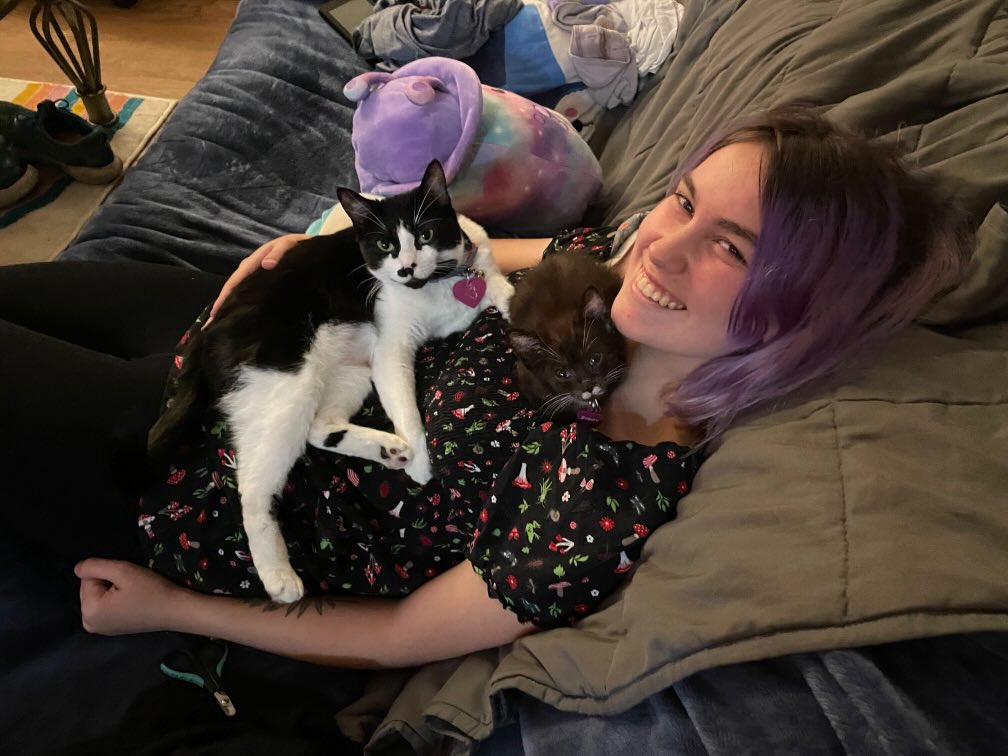
4:55-5:15pm, Co-Management of National Park Managed Lands
Taylor Pasquale
For my Environmental Studies Capstone, I have advocated for the Co-management of National Park managed lands between Native American and Indigenous peoples. I discuss the background of settler-colonial violence against Native American peoples, such as displacement and removal. The formation of the National Parks identifies these systems of perpetuated harm, along with non-ratified land right treaties by Congress for Native American and Indigenous peoples land and broken treaties by the United States. Reparations for Native American and Indigenous peoples are essential in righting the injustices from settler-colonizers, this is done through co-management and decision making of their ancestral land. I use two case studies of co-management, the Canyon De Chelly and the RedWoods. There are both philosophical and ecological goals that have been met that have made these frameworks maintainable, there is always room for the National Park Service to improve. Philosophically, reparations for justice for Native American and Indigenous peoples are just the right thing to do in the United States, and globally. These injustices are seen both done to people and the environment. By using a co-management framework, Native American and Indigenous peoples would have the opportunity to maintain their land how they choose, in accordance with the National Park Service, and have sovereignty over decisions. The environment and species richness of these National Parks have been healthier with the implementation of Traditional Ecological Knowledge by the Native American and Indigenous peoples who co-manage. Co-management is a framework that should be used for all National park managed lands, then eventually, land back for the Native American and Indigenous peoples.
Thank you very much to all of my professors, mentors, and peers who helped me during this capstone process! Special thanks to: Dr. Rose McKenney (Capstone professor), Dr. Michael Behrens (Ecology mentor and pre-capstone professor), and Dr. Mike Schleeter (Philosophy mentor). Thank you for helping me grow as a student!
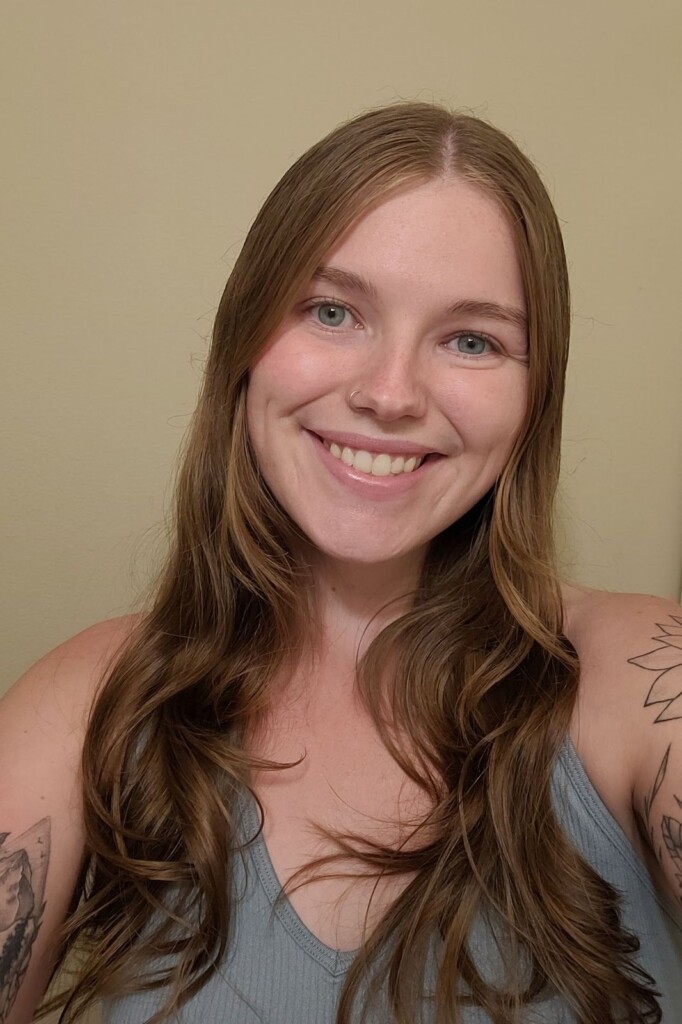
An Argument for the Personhood of the Environment
Kirsten Iverson
In 1886, a landmark case awarded personhood to corporations. Today, corporations still possess these rights, while the environmental entities surrounding us do not. This research paper explores the nuances of environmental personhood through philosophical and sociological lenses, examining the factors that have shaped our priorities as a civilization and the elements that have led to the societal shift towards placing a greater emphasis on economic health than environmental health. This paper discusses fights for the acknowledgment of the personhood of natural entities around the world and ultimately argues that the clear next step to take for environmental protection is a broadscale legal acknowledgment of environmental personhood.
Thank you so much to Professors McKenney and O’Brien, without whom I would not have been able to complete this project.
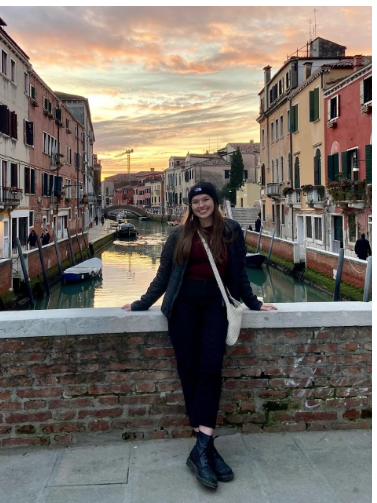
5:15pm, Closing Celebration



Social Media